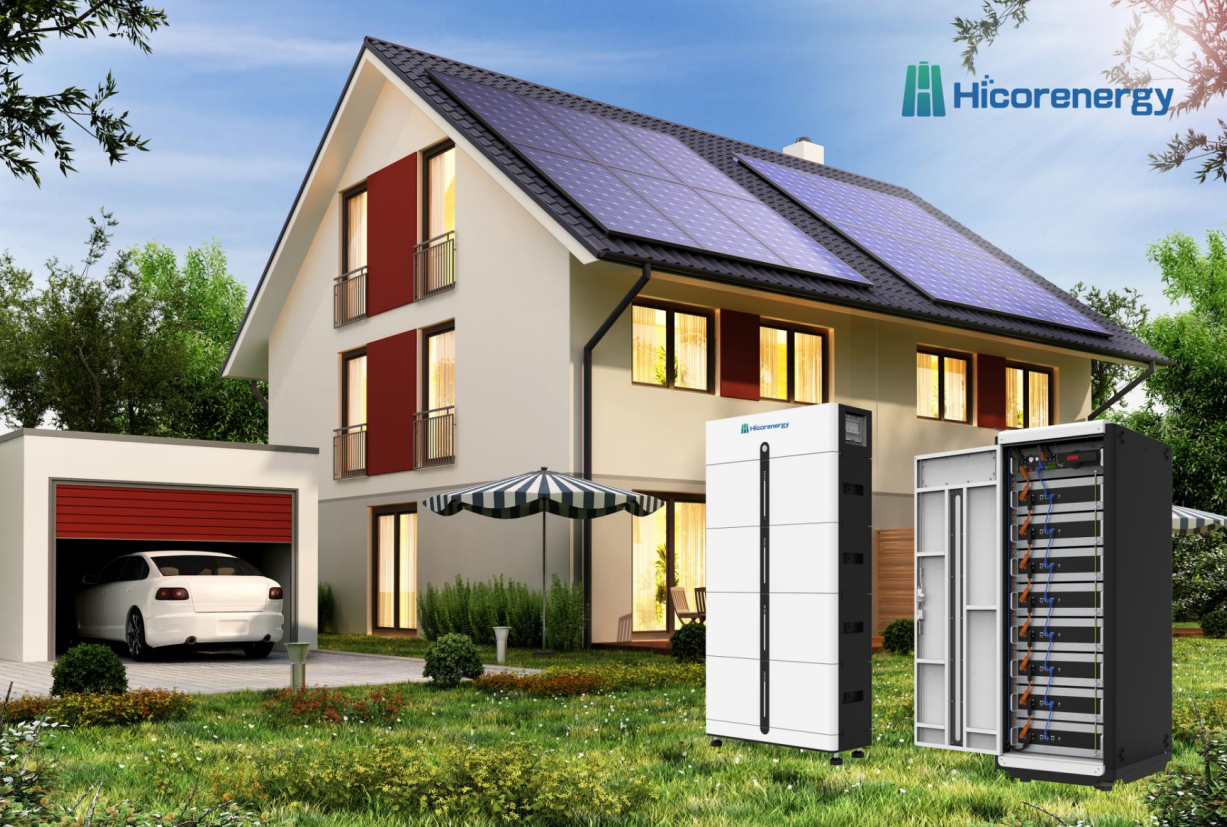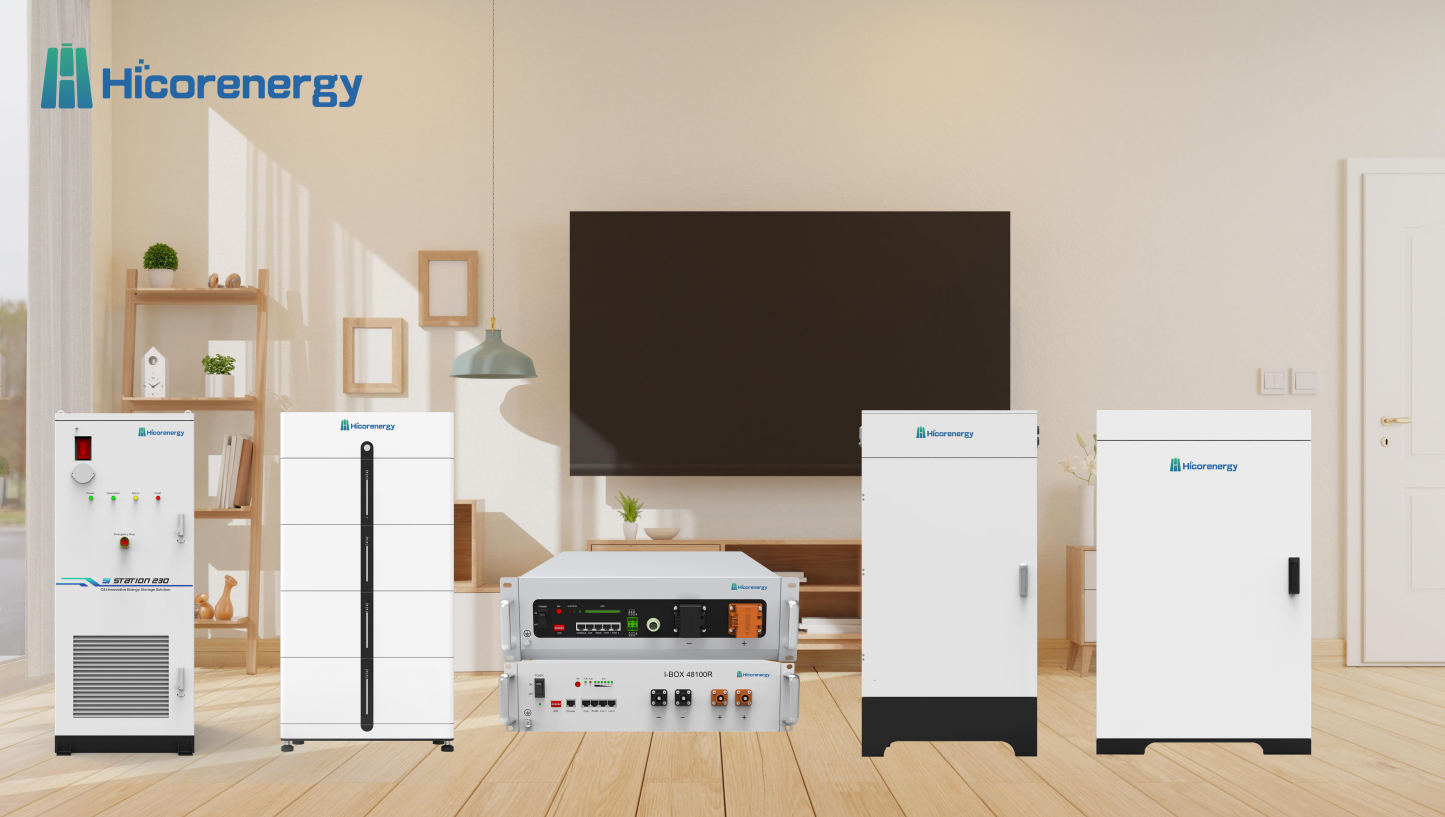In an era of rising energy costs and increasing climate concerns, homeowners and businesses alike are searching for ways to achieve greater energy independence. One solution gaining rapid popularity is the combination of solar panels and battery storage. This hybrid solar-battery system enables users to produce, store, and use their own electricity — minimizing reliance on the grid and protecting against power outages. But how do these technologies actually work together to provide seamless, reliable energy? This article explores the synergy between solar generation and home energy storage systems, and how this partnership is reshaping energy consumption around the world.
Table of Contents
How Solar Panels + Battery Storage Deliver True Energy Independence
Solar panels generate power by day; batteries store it for night and outages—creating a reliable, off-grid solar system for full energy autonomy.
Bridging the Gap: How Solar Generation and Battery Storage Work Together to Free Homes from the Grid.
When sunlight hits solar panels, it’s converted into direct current (DC) electricity. A solar inverter then transforms DC into alternating current (AC) for home use. Any surplus energy gets stored in a lithium-ion battery, managed by an intelligent battery management system (BMS). When the sun sets or the grid fails, this stored power kicks in, ensuring continuous electricity. Systems like Hicorenergy’s I-BOX 48100R or Si LV1 are engineered to function in harmony with major inverters, offering high efficiency, wide operating temperature ranges, and over 6000 cycles of safe, reliable service.
Still reading? Let’s explore how to achieve complete energy independence.
What Is Energy Independence and Why It Matters

Energy independence means meeting a home or business’s energy needs without relying on the utility grid. Using solar panels and battery storage, users generate and manage their own power, cutting fossil fuel use and reducing grid dependence.
In places like Nigeria, Kenya, and Southeast Asia, where power is unreliable, solar plus battery systems are essential. Many users choose Hicorenergy’s systems for their affordability, long life, and off-grid compatibility. In developed markets like Sweden and the U.S., homeowners and businesses adopt these systems to achieve sustainability and stable long-term energy costs.
Beyond autonomy, energy independence enhances resilience. It enables peak shaving, load shifting, and net-zero home energy solutions. And with battery inverters and BMS optimizing power flows, users enjoy smarter, more efficient energy usage. This shift is critical as the world transitions to more decentralized and renewable energy models.
Solar Panel Basics: How Sunlight Becomes Home Electricity
Solar panels use photovoltaic (PV) cells to convert sunlight directly into electricity. When sunlight strikes the cells, it knocks electrons loose, generating direct current (DC), which the solar inverter then converts into alternating current (AC) for household use.
Without battery storage, excess electricity is either wasted or sent back to the grid—often at a loss. However, when paired with a home energy storage system like Hicorenergy’s C5° or I-BOX 48100R, the surplus power can be stored for nighttime use or during outages. These systems are engineered with high-efficiency LiFePO4 cells and integrated smart monitors, enabling real-time operation tracking, remote updates, and alarm notifications via mobile apps.
The benefits of solar battery systems for homeowners include reduced utility bills, greater energy independence, and a significant reduction in carbon footprint. Whether grid-tied with battery backup or fully off-grid, solar panels remain the foundation of modern home power systems.
Role of Battery Storage: Capturing Solar for Night & Outage Use
While solar panels produce energy during daylight, battery storage ensures access to that power when it’s most needed—at night or during power interruptions. A lithium battery system stores unused solar energy and discharges it when sunlight isn’t available. This not only maximizes energy use efficiency but also enhances self-sufficiency.
Hicorenergy’s C5° and Si LV1 systems exemplify the potential of modern battery technology. With over 6000 cycles and >95% round-trip efficiency, they ensure longevity and reliability. Features like remote monitoring, low power consumption, and operating temperature control make them suitable for diverse climates and user needs.
Battery systems are often equipped with battery inverters and sophisticated BMS, enabling seamless switching between stored energy and grid supply. This versatility supports peak shaving, time-of-use optimization, and full off-grid operation, depending on the user’s configuration. For homeowners pursuing energy independence, a well-integrated battery system is indispensable.
Sizing & Configuring: Choosing the Right Capacity for Your Home
Selecting the best battery size for a solar power system depends on daily electricity consumption, desired backup duration, and solar panel output. Homeowners must consider peak load demands, climate conditions, and expansion potential.

Hicorenergy’s scalable solutions, such as the Si LV1 (stackable up to 30.72kWh) and I-BOX 48100R (expandable to 491.52kWh), offer flexibility for both small homes and large properties. The modular design allows users to increase capacity as their energy needs grow, ensuring cost-effective long-term planning.
An important factor is the battery’s cycle life and efficiency. With ≥6000 cycles and 10-year warranties, Hicorenergy batteries minimize replacement costs while delivering consistent performance. Proper sizing also involves considering whether the system is off-grid, hybrid, or grid-tied with battery backup—each setup influences the battery type, inverter capacity, and control systems required.
Working with an experienced installer can help determine the most suitable solar-battery setup based on household energy patterns, ensuring optimal energy independence.
Installation Tips & Smart Controls for Seamless Solar-Battery Integration
Installing a solar battery backup system requires careful planning to ensure safety, compatibility, and performance. Begin by choosing certified products with proven safety features like BMS, DC breakers, and surge protection. Hicorenergy’s Si LV1, for example, offers a UL9540A large-scale safety certification and an IP55 outdoor-rated enclosure, making it ideal for varied environmental conditions.
Smart monitoring systems are key to maximizing efficiency. Real-time dashboards, remote upgrades, and fault notifications—standard features in Hicorenergy’s smart platform—allow users to track system health and adjust settings remotely. These tools reduce maintenance costs and enhance user confidence.
Quick installation is another priority. Hicorenergy’s plug-and-play systems with pre-wired connectors enable 15-minute setup, reducing labor time and errors. For optimal performance, it’s critical to place batteries in shaded, ventilated areas and maintain temperature stability.
Installers should follow a reliable solar battery backup system installation guide to ensure correct integration with solar panels, inverters, and grid connections. A well-installed hybrid solar-battery system ensures maximum return on investment, uninterrupted power, and a pathway to energy independence.
Ready to Take Control of Your Energy Future?
Contact Hicorenergy today to discover the perfect solar plus battery system for your home.
Contact us for more information:
Email: service@hicorenergy.com
WhatsApp: +86 181-0666-0961
-scaled.png)
